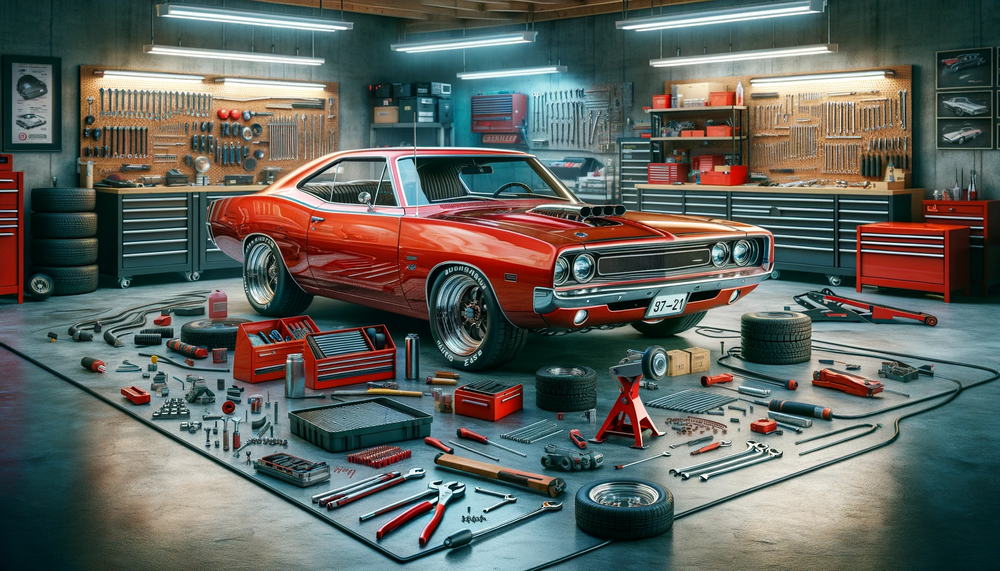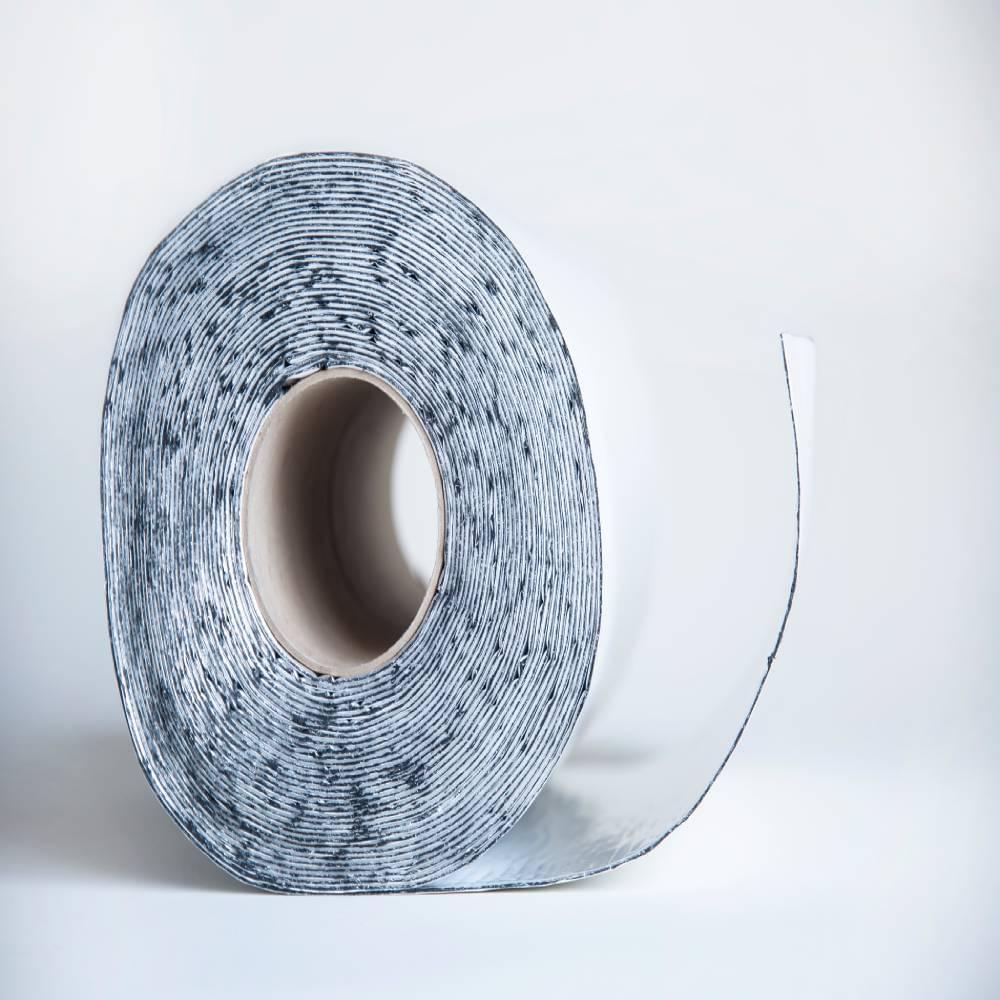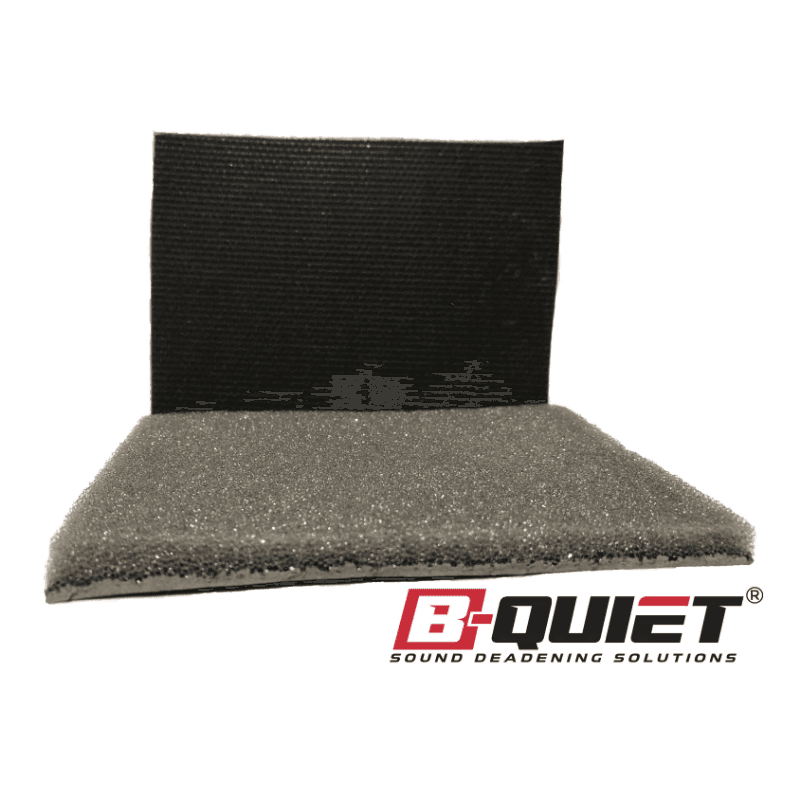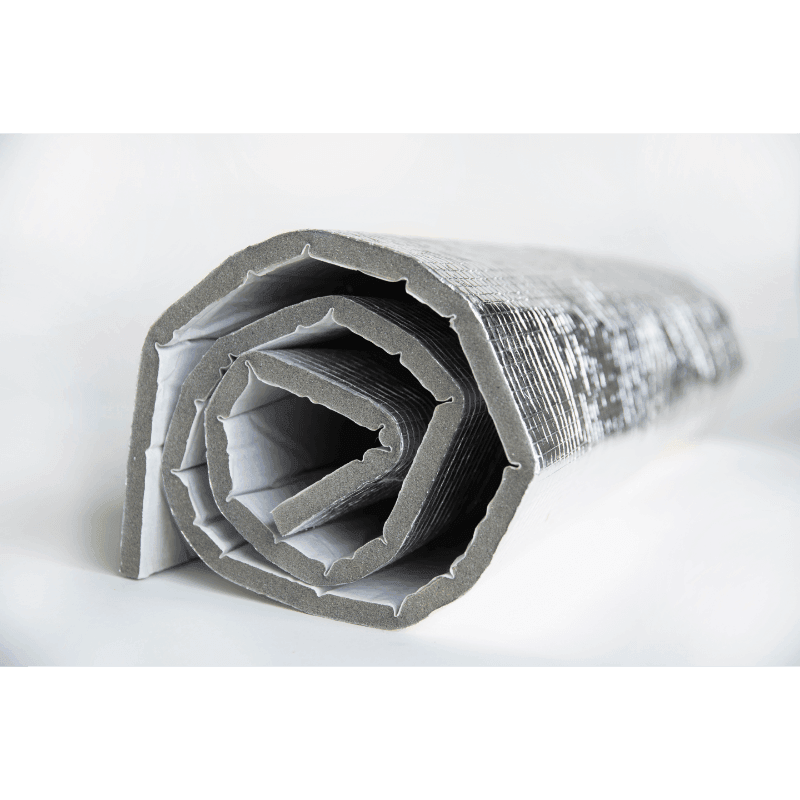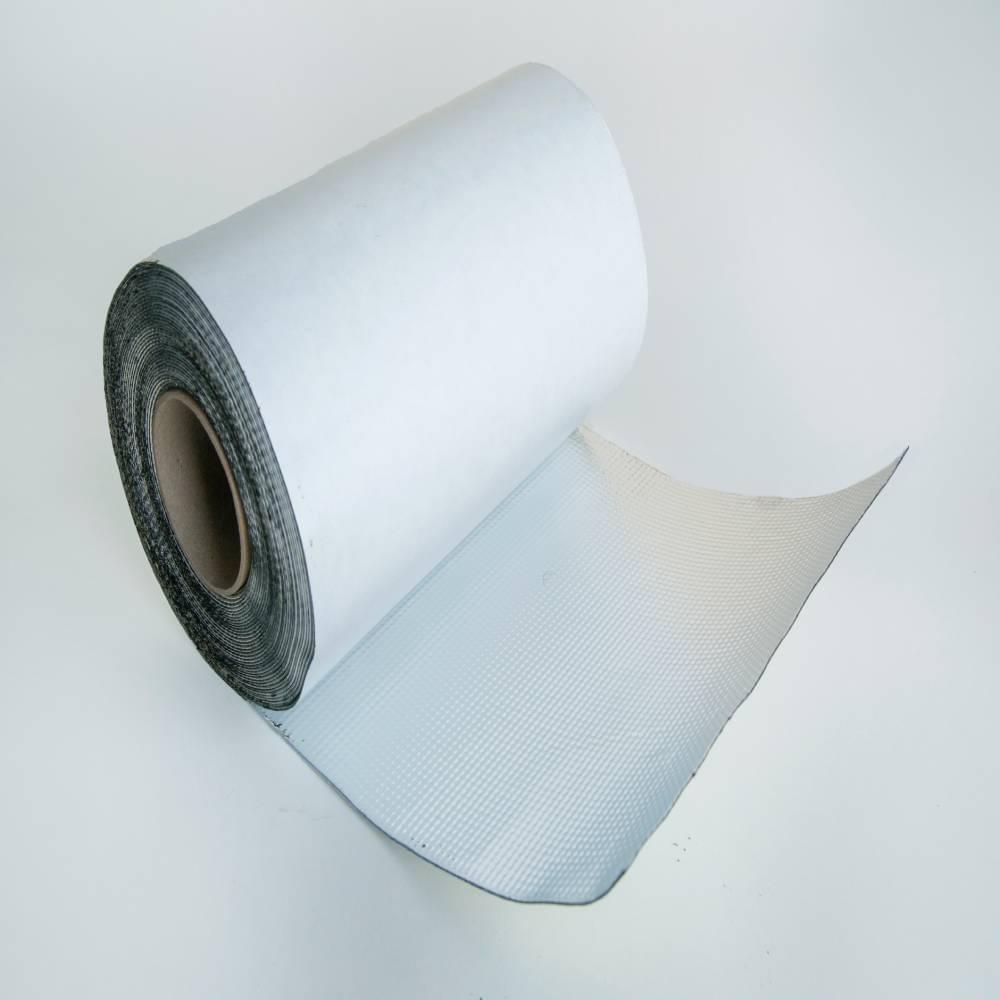Improve Your Car's Audio System Performance with Sound Deadening Solutions
As technology continues to evolve rapidly, the modern car owner's expectations for stellar audio experiences have reached unprecedented heights. Immersing oneself in crystal-clear soundtracks, powerful bass notes, and life-like audio is no longer just a luxury; it has become a sought-after norm for many automotive enthusiasts.
The quest to achieve this ultimate auditory experience has led to the rapid development and improvement of car audio systems. However, even with the best audio system in place, the true potential of your car's sonic capabilities may be hindered by external noises and vibrations.
Enter the world of sound deadening, the secret ingredient that elevates your car audio experience to exceptional levels. Sound deadening materials work by reducing cabin noise, damping vibrations, and minimizing rattles that can interfere with the clarity, detail, and impact of your car's audio system. By effectively isolating the audio system from these hindrances, you can immerse yourself in a truly captivating sound experience, making every soundtrack come to life.
In this informative and intent-driven blog post, we'll explore the ways sound deadening can significantly enhance your car's audio system performance and overall driving pleasure. We'll cover the various types of materials specifically designed to target noise and vibration issues in automobiles, as well as practical tips on where and how to apply these solutions for optimal results. By shedding light on this essential yet often-overlooked aspect of car audio, we aim to guide you on the journey to discovering a newfound appreciation for the power and intricacy of sound.
As seasoned experts in the realm of sound deadening, we know what it takes to transform an ordinary car audio experience into an extraordinary symphony on wheels. From the subtle nuances in a heartfelt melody to the earth-shaking impact of a bass drop, we understand the value of impeccable audio quality and the role sound deadening solutions play in achieving those coveted moments of musical bliss.
Understanding the Impact of Noise and Vibrations on Car Audio Performance
Before diving into the world of sound deadening solutions, let's first take a moment to comprehend the impact of noise and vibrations on car audio performance. The three primary sources of noise that can disrupt car audio quality include:
- Road Noise: Road noise primarily stems from the friction between your tires and the pavement, as well as other factors like wind, nearby traffic, and suspension systems. At high speeds, road noise can increase rapidly, drowning out the audio system and compromising sound clarity.
- Engine Noise: As the heart of your vehicle, the engine generates a plethora of noises, including those from the combustion process, cooling system, and belts. While some engine sounds may be music to the ears of a car enthusiast, they often disrupt the pristine audio experience when enjoying your favorite tunes.
- Structural Vibrations: Vibrations and rattles are caused by metal components resonating as your car moves on the road. These vibrations can cause doors, windows, and other parts to rattle, further disrupting the car's audio quality.
Understanding these noise sources is the first step toward implementing sound deadening solutions that effectively combat them and enhance your car's audio performance.
Types of Sound Deadening Materials for Car Audio Optimization
Now that we have established the primary culprits behind diminished car audio performance, it is crucial to explore the various sound deadening materials specifically designed for automotive applications. Here are some popular options:
Damping Mats
Made from butyl rubber or viscoelastic material, damping mats are perfect for reducing vibration in the doors, floor, and trunk of your car. By decreasing metal panel resonance, these mats can minimize rattle and improve overall audio clarity.
- Closed-Cell Foam: A versatile and affordable option, closed-cell foam is superb for absorbing sound waves and reducing echo. This foam can be used to insulate panels or to separate different layers of sound deadening material, optimizing your audio system's performance.
- Mass Loaded Vinyl (MLV): MLV is a flexible, dense material that excels at blocking airborne sounds, such as road and engine noise. It can be used in various areas, including the trunk, cabin floors, and door panels, to effectively isolate your car's audio system from external disturbances.
- Spray-On Sound Deadeners: For an easy-to-apply solution, spray-on sound deadeners can be a viable option to reduce vibrations and airborne noise absorption. This material is especially useful in hard-to-reach areas of your car, like wheel wells or undercarriage.
How and Where to Apply Sound Deadening Materials
Implementing sound deadening solutions in the right areas of your vehicle is essential to maximizing their benefit and optimizing your audio experience. Here are some tips on where to install various materials for enhanced car audio performance:
- Doors: Applying damping mats to the interior metal surfaces of your car's doors can significantly reduce vibrations and improve audio quality. Installing MLV or closed-cell foam can further block airborne noise from entering the cabin.
- Floors and Trunk: Covering your car's floor with damping mats or MLV can cut down on road noise and vibrations. Don't forget the trunk, as it is a common source of vibration and rattles that can negatively impact audio quality.
- Roof: Attaching damping mats to the interior metal surfaces of the roof can help minimize noise from wind and motion. Similarly, closed-cell foam above the car's headliner can add an extra layer of insulation for reduced cabin noise.
Maintenance and Upkeep of Sound Deadening Materials
To ensure lasting sound deadening performance, regular maintenance and upkeep of these materials are crucial. Here are some tips for maintaining your sound deadening solutions:
Inspect Periodically: Regularly inspect the installed sound deadening materials for signs of wear or damage. Replace or repair any sections showing degradation or adhesion failure for optimal audio quality.
Clean Properly: If you need to clean the treated surfaces, use a mild, non-abrasive cleaner and a soft cloth to avoid damaging the materials. Be mindful of avoiding excessive moisture, which could seep between the layers of sound deadening material and lead to degradation.
Conclusion
By utilizing sound deadening solutions, you can elevate your car's audio system performance, reducing cabin noise and disturbances that diminish sound clarity and impact. By selecting the right materials and strategically placing them throughout your vehicle, every drive can be transformed into a harmonious and immersive auditory experience. Are you ready to unleash the true potential of your car's audio system? Allow our passion and expertise in sound deadening technology to guide you on this melodic journey, ensuring unmatched listening pleasure within the sanctuary of your car.
Looking to improve your car's audio system performance with sound deadening solutions? Look no further than B-Quiet, your trusted partner for sound deadening for car audio. Our high-quality sound deadening products are designed to reduce noise and vibration, providing a cleaner, clearer sound for your car's audio system. Contact us today to learn more about our sound deadening solutions and let us help you take your car's audio system to the next level.


